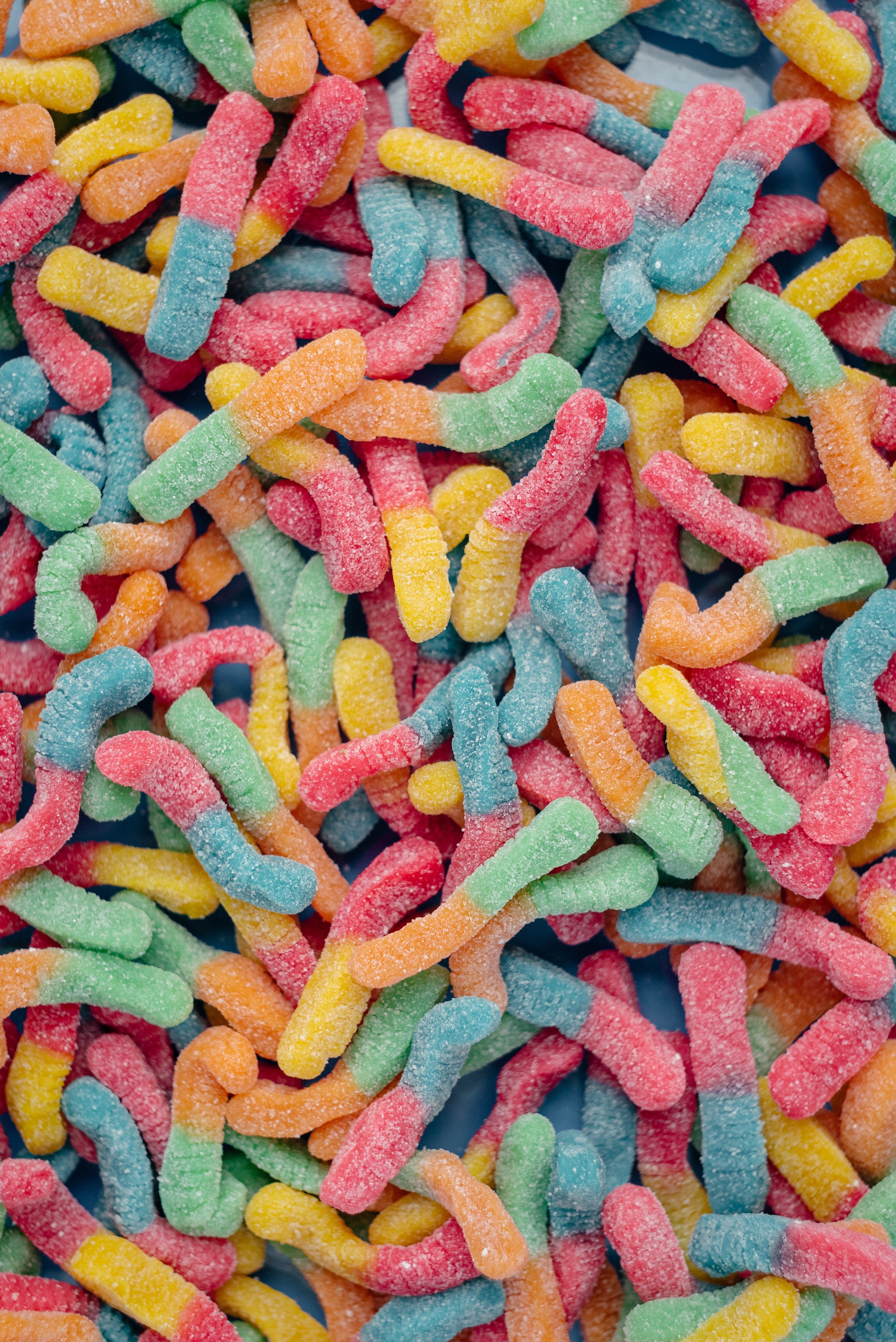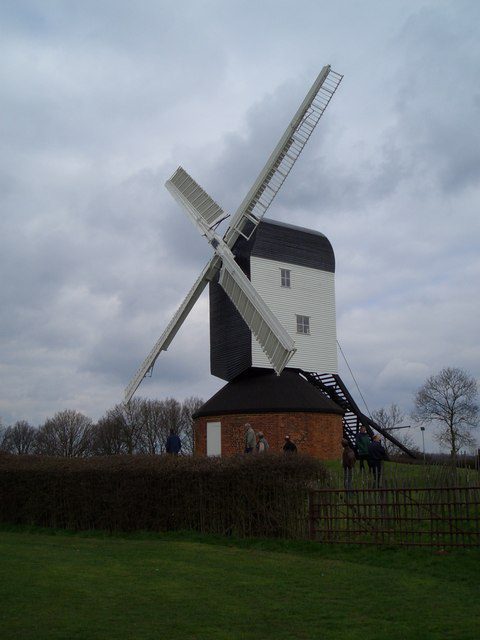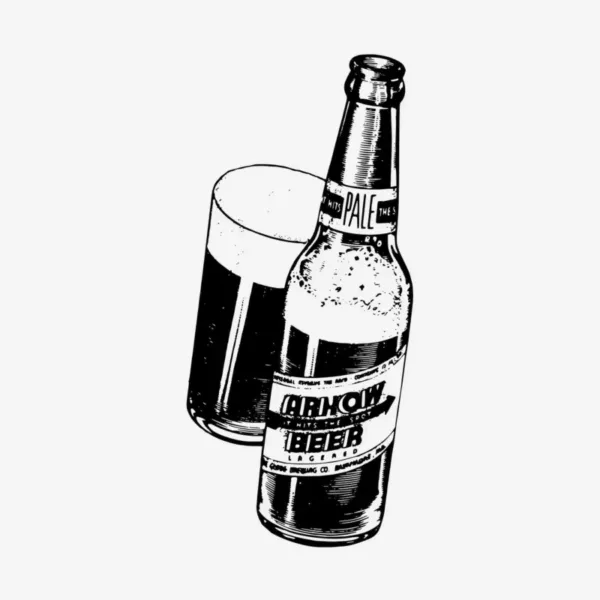Welcome to the wild and wonderful world of sour beers! If you’re a fan of tangy, tart, and funky brews that challenge your taste buds, then you’ve come to the right place. In this blog, we’ll delve into the art of souring and explore the fascinating techniques and microorganisms that contribute to the unique flavours and complexities found in sour beer production. Get ready for a deep dive into the realm of deliciously puckering brews!
Souring Techniques: The Souring Alphabet Soup
Sour beers are the result of intentional fermentation and the introduction of specific microorganisms. Let’s decode the souring techniques, starting with traditional methods. Spontaneous fermentation, popularized by Belgian Lambic producers, involves exposing the wort to wild yeasts and bacteria present in the environment. Barrel ageing is another time-honoured technique, where beer ages in wooden barrels, allowing microorganisms residing within the wood to impart complex flavours. Modern approaches like kettle souring, a controlled process that acidifies the wort before fermentation, have gained popularity for their shorter turnaround time. Mixed-culture fermentation combines various strains of yeast and bacteria, allowing for a nuanced and layered flavour profile.
Meet the Funk Masters: Lactic Acid Bacteria and Wild Yeast
Behind every great sour beer are the superheroes of the fermentation world: lactic acid bacteria and wild yeast. Lactic acid bacteria, such as Lactobacillus and Pediococcus, play a crucial role in souring by converting sugars into lactic acid, giving the beer its characteristic tartness. Wild yeast, such as Brettanomyces, adds complexity with its funky, fruity, and sometimes barnyard-like flavours. These microorganisms thrive in the right conditions, creating the unique sensory experience that sour beer enthusiasts adore.
Barrel Aging: Where Magic Happens
Barrel ageing is a traditional technique that adds depth and complexity to sour beers. Wooden barrels, typically made from oak, provide a porous environment for microorganisms to inhabit. Over time, the beer absorbs the flavours from the wood, creating an interplay of vanilla, oak, and subtle tannins. The microorganisms present in the barrels, often a blend of wild yeast and bacteria, continue to ferment and develop intriguing flavours and aromas. Barrel-aged sour beers embody patience, craftsmanship, and the magic of time.
Kettle Souring: Sour Power in Less Time
For those seeking a quicker turnaround, kettle souring offers a method to produce sour beers in a matter of days. In this process, the brewer acidifies the wort by introducing lactic acid bacteria into the kettle or fermenter, maintaining a controlled temperature and pH. Once the desired level of sourness is achieved, the brew is heated to kill off the bacteria, and traditional yeast is added for fermentation. Kettle souring allows brewers to experiment with various fruit additions, creating vibrant and refreshing sour beers in a shorter timeframe.
Blending and Fruit Additions: The Art of Sour Symphony
Blending is an art form in sour beer production. Brewers skillfully combine different batches, each with its own unique characteristics, to create a harmonious final product. Blending allows for balancing acidity, taming excessive funkiness, and enhancing complexity. Additionally, fruit additions are often used to complement or contrast sour flavours. From the bright and zesty citrus to the rich and jammy berries, fruits add layers of aroma, flavour, and colour to sour beers, resulting in a delightful sensory experience.
Sour Beer Styles: Beyond the Pucker
Sour beers come in a wide array of styles, each with its own distinct profile. Belgian Lambics are renowned for their complex, wild-fermented character, often aged for years in oak barrels. Gose, a traditional German sour wheat beer, is typically brewed with coriander and salt, resulting in a thirst-quenching and slightly saline beer. Berliner Weisse, originating from Berlin, Germany, offers a refreshing and tart experience with its low alcohol content and effervescence. Flanders Red Ales showcase a balance between rich maltiness and sourness, often displaying fruity esters and oak-derived flavours. Exploring these styles and their regional variations allows for a deeper appreciation of the diverse world of sour beers.
The art of souring is a fascinating and ever-evolving realm of craft beer. By understanding the techniques and microorganisms involved, you can truly appreciate the complexity and creativity that goes into creating these deliciously tart brews. Whether you’re a seasoned sour beer aficionado or a curious newcomer, we hope this detailed journey has inspired you to explore the world of sour beers further. So go forth, embrace the funk, and savour the delightful pucker of sour beer excellence! Cheers to the artistry of souring!










